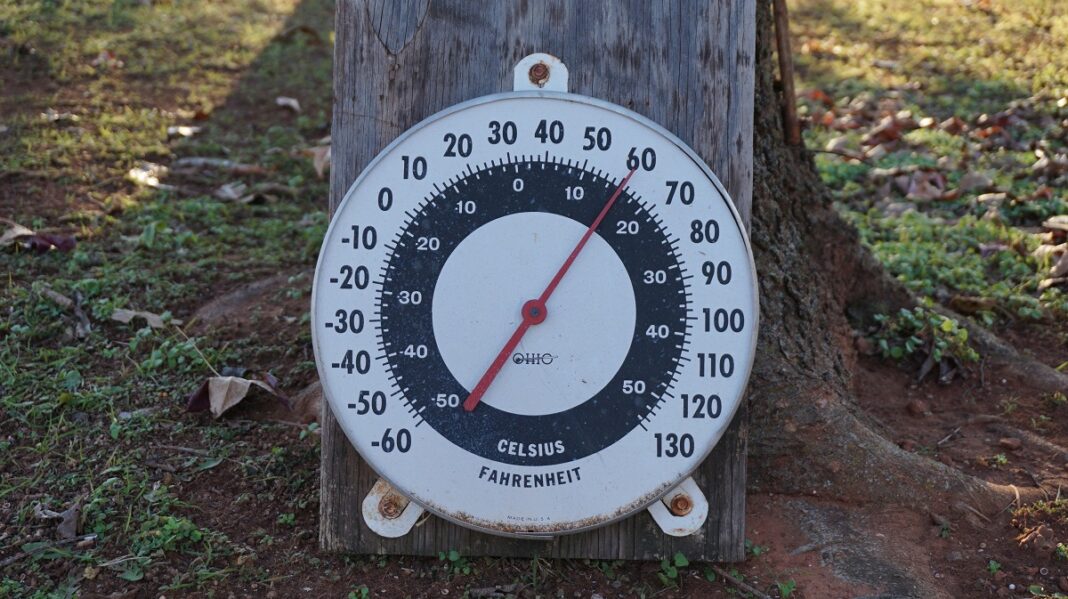
The SARS-CoV-2 pandemic has caused tremendous upheaval, leading to more than 2.3 million deaths worldwide and 465,000 in the United States. Understanding the impact of seasonal temperature changes on transmission of the virus is an important factor in reducing the virus’s spread in the years to come.
SARS-CoV-2 belongs to a large family of human coronaviruses, most of which are characterized by increased transmission in cooler, less humid months and decreased transmission in warmer, more humid months. With this understanding, researchers at the University of Louisville’s Christina Lee Brown Envirome Institute, the Johns Hopkins University School of Medicine, the U.S. Department of Defense Joint Artificial Intelligence Center and others theorized that atmospheric temperature also would affect transmission of SARS-CoV-2.
The researchers compared daily low temperature data and logged cases of COVID-19 in 50 countries in the Northern Hemisphere between Jan. 22 and April 6, 2020. Their research, published this week in PLOS ONE, showed that as temperatures rose, the rate of new cases of COVID-19 decreased.
The data analysis showed that between 30 and 100 degrees Fahrenheit, a 1-degree Fahrenheit increase in daily low temperature was associated with a 1% decrease in the rate of increase in COVID-19 cases, and a 1-degree decrease in temperature was associated with an increase in that rate by 3.7%. By analyzing data from early in the pandemic, the results were obtained without significant influence by lockdowns, masking or other social efforts to contain the virus.
“Although COVID-19 is an infectious disease that will have non-temperature dependent transmission, our research indicates that it also may have a seasonal component,” said Aruni Bhatnagar, Ph.D., co-author and director of the Brown Envirome Institute. “Of course, the effect of temperature on the rate of transmission is altered by social interventions like distancing, as well as time spent indoors and other factors. A combination of these factors ultimately determines the spread of COVID-19.”
The researchers concluded that summer months are associated with slowed transmission of COVID-19, as in other seasonal respiratory viruses. This seasonal effect could be useful in local planning for social interventions and timing of resurgence of the virus.
In the United States, sharp spikes in COVID-19 were seen over the summer, but the researchers noted that based on the data they analyzed, cooler summer temperatures may have resulted in an even higher number of cases. The data also indicates that the correlation between temperature and transmission was much greater than the association between temperature and recovery or death from COVID-19.
“This understanding of of the SARS-CoV-2 temperature sensitivity has important implications for anticipating the course of the pandemic,” said Adam Kaplin, M.D., Ph.D., of Johns Hopkins, first author of the study. “We do not know how long the currently available vaccines will sustain their benefits, nor what the risks are of new variants developing over time if the Northern and Southern Hemispheres continue to exchange COVID-19, back and forth across the equator, due to their opposing seasons. But it is reasonable to conclude that this research suggests that, like other seasonal viruses, SARS-CoV-2 could prove to be extremely difficult to contain over time unless there is a concerted and collaborative global effort to work to end this pandemic.”


